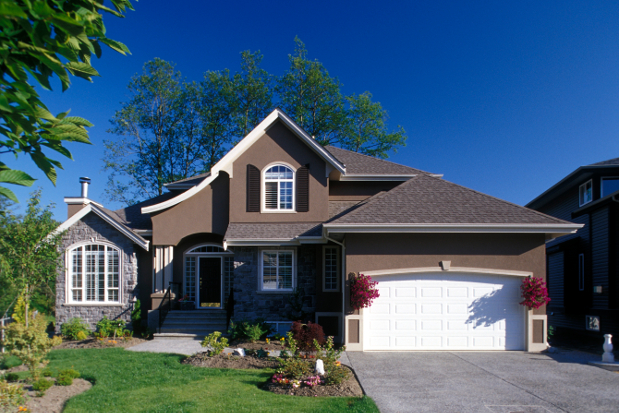
Replacing your inefficient home heating & cooling equipment, upgrading your home windows, insulating your home, installing a solar energy system or planning a general remodeling project, is a daunting task for most homeowners.
The age old question facing homeowners is “Where Do I Get The Money” needed to make these and other necessary home improvements.
Raising Energy Cost Drive Homeowner Energy Efficiency Investment
We all look around our homes and can identify endless home improvement opportunities. But today with energy costs at an all time high and continuing to increase, investing in home energy efficiency can really pay off.
For example, replacing a 10-15 year old furnace & air conditioner and making sure that the ductwork is sealed properly, can reduce your heating and cooling cost by over 50% and depending upon home construction and climate zone, installing energy efficient high-performance windows can save $300-400 a year.
Not only will energy efficient home improvements save you money each and every month through reduced utility bills, they also increase the resale value of your home and make your home a more comfortable and healthy place to live.
Ready to start your Home Renovation?
Find ProsMore Homeowners Choosing Unsecured Financing Solutions
There are a wide variety of financing options available today to help fund home improvement projects. These range from financing programs that are secured on the value of your home, such as home equity loans and home mortgage refinancing, to unsecured home improvement financing and even credit cards for small projects.
Secured financing typically provides the lowest interest rates, because the home value is being used as collateral to secure the loan. While secured financing is the preferred option for some homeowners, not all have adequate equity built up in their home to qualify and many simply want to retain their equity.
The Electric & Gas Industries Association (EGIA), a non-profit organization, through research and data acquired implementing numerous utility sponsored energy efficiency financing programs and its work in support of manufacturers and home improvement contractors nationwide, found that most homeowners prefer unsecured home improvement financing for projects below $20,000. They not only want to retain their equity, but prefer the easy to use and quick loan approval most unsecured financing programs provide. Based on credit qualification, home improvement contractors offering unsecured financing options can usually phone in the loan application and obtain customer loan approval within minutes, while in the customers home.
Installment and revolving financing are the two most popular unsecured programs. Installment financing is similar to an auto loan. These programs make energy efficient home improvement affordable by offering extended terms to keep payments low. The best programs finance 100% of project cost, have no loan fees, offer interest rates of 9.9% APR or lower and terms of 12 years or more. When utility bill savings are taken into consideration and deducted from the financing payments, overall monthly cost is dramatically reduced.
Revolving financing programs usually include a same-as-cash option which provides the homeowner with a grace period in which no payments or interest is required for 6 to 12 months. Many homeowners prefer the purchase now pay later option. This is an ideal solution for homeowners participating in utility energy efficiency rebate programs or taking advantage of the new federal energy efficient home improvement tax credits. Homeowners use the deferred payment option to bridge the gap until the rebate or tax credit is available and then pay off the loan, minimizing their out of pocket expense.
Homeowners need to be aware that if they are unable to pay off the loan within the promotional period, the deferred interest is typically added to the original loan amount. These programs can have high interest rates, ranging from 19-21% APR or more, if not paid it off in time. So buyers beware, it’s important to read the fine print and know what you are getting into. The best programs available currently have financing rates as low as 13.9% APR on the unpaid balance.
Look For Contractors Offering Consumer Friendly Financing
As a homeowner you have a choice in the contractor you select to do the job. Make sure your contractor offers a full array of financing options and shop around for the most customer friendly programs. EGIA has found that the industry’s leading home improvement contractors provide their customers with low interest consumer friendly financing. They educate the homeowner on the benefits of high efficiency products and sell the home improvements based on total monthly cost. The most successful contractors also help their customers understand how energy savings can offset much of the project financing cost and make energy efficient investment affordable.
 Saving By Spending: Invest in an Energy Audit
Saving By Spending: Invest in an Energy Audit  Dream Remodel, Real-Life Budget
Dream Remodel, Real-Life Budget  8 Steps to Good Credit
8 Steps to Good Credit  How to Recoup Remodeling & Addition Investments
How to Recoup Remodeling & Addition Investments  New Homeowner? Here Is What You Need to Know
New Homeowner? Here Is What You Need to Know 

Are You Familiar With This Topic? Share Your Experience.